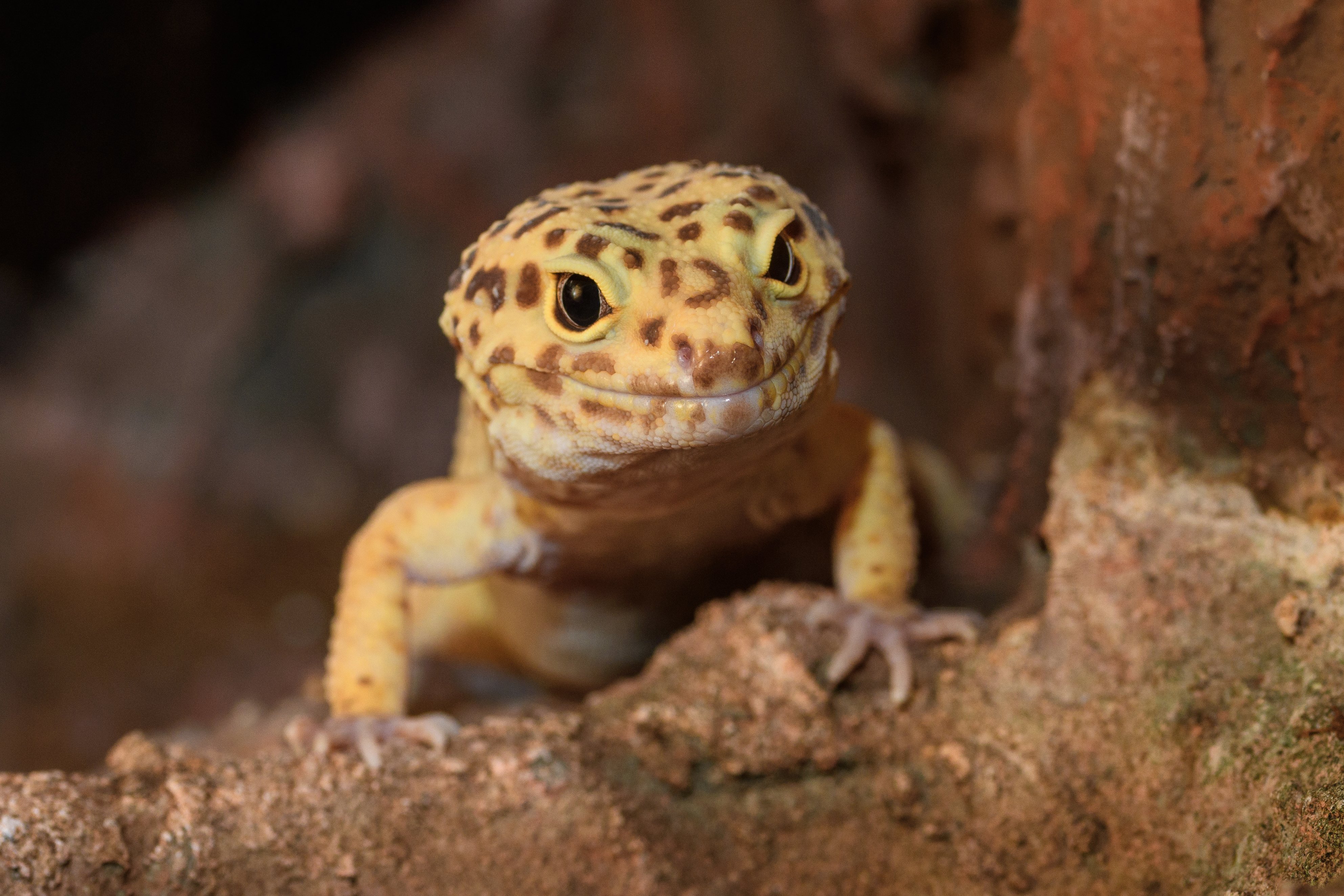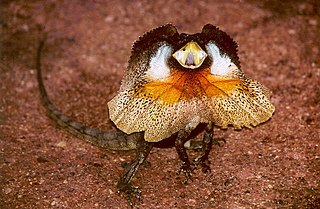Selecting the Right Reptile Type for Your Way Of Living and Area
Selecting the optimal reptile breed to integrate into your living room entails a thoughtful factor to consider of different factors (Reptiles for sale). From the size of your home to the amount of time you can commit to their treatment, each component plays a critical duty in establishing the most ideal reptile companion for you. By making a notified choice that aligns with both your way of living and offered space, you can develop a harmonious atmosphere for both yourself and your flaky pal
Elements to Consider Before Picking
Before selecting a reptile breed, it is vital to carefully think about a number of vital elements to guarantee the finest suit for both the proprietor and the pet dog. It is vital to choose a reptile whose size aligns with the space offered in your home to supply sufficient room for the animal to flourish.
Some reptiles, such as particular species of turtles, have complicated treatment requirements involving specific diet plans, lights, and habitat demands. Additionally, aspect in the reptile's personality and handling requirements. Understanding these aspects will help you make a notified choice when choosing a reptile type.
Tiny Reptile Types for Compact Spaces

Reptiles Suitable for Busy Lifestyles
These little reptiles are very easy to care for, calling for a simple diet plan of insects and minimal room maintenance. These reptiles have hearty hungers and can prosper on a diet of vegetables and insects. Overall, picking a reptile that fits well with a busy way of living can provide the joys of pet possession without frustrating day-to-day dedications.

Low-Maintenance Reptile Types
Amongst the numerous reptile breeds offered, some stand out for their low-maintenance requirements, making them optimal options for people with hectic routines. find more One such type is the Leopard Gecko. These small, nighttime animals are fairly simple to look after, requiring a straightforward unit with a heat source, a superficial water meal, and a diet regimen of insects. Leopard Geckos do not call for unique illumination and can grow on a diet regimen of readily readily available bugs like crickets and mealworms.
One more low-maintenance reptile breed is the Kenyan Sand Boa. They have moderate space needs and feed on small rats, normally eating as soon as every one to two weeks.
Last But Not Least, Corn Snakes are popular for their lively color scheme and ease of care - Reptiles for sale. They have straightforward dietary demands, mainly consuming computer mice or rats, and are generally sturdy, making them an excellent alternative for newbies looking for a low-maintenance reptile companion
Reptiles for Large Settings
For reptile owners seeking to give sufficient area for their pets to prosper in, specific types are especially fit to spacious atmospheres. Big reptiles such as the Green Iguana and the Argentine Black and White Tegu require roomy units to fit their dimension and all-natural actions. Green Iguanas, known for their arboreal nature, need tall rooms with branches for climbing up, while Argentine Tegus, terrestrial reptiles, take advantage of units with enough flooring space for roaming and digging.
Monitor lizards, such as the Nile Monitor and the Savannah Monitor, are additionally suitable for sizable environments due to their active and explorative nature. These intelligent reptiles require large enclosures with diverse terrain for mental stimulation and physical exercise. The Nile Display, particularly, is an effective swimmer and needs to have accessibility to a water attribute within its enclosure.
Additionally, huge serpent types like the Burmese Python and the Boa Constrictor grow in sizable environments that permit adequate motion and workout. Enclosures for these snakes must be lengthy and large sufficient to fit their adult size, with safe and secure hiding places for comfort and security.
Verdict
In final thought, selecting the proper reptile breed for your lifestyle and living space needs careful factor to consider of elements such as dimension, activity degree, and maintenance needs. Tiny reptile breeds are perfect for portable areas, while low-maintenance reptiles are ideal for hectic people.
Choosing the ideal reptile you can check here type to integrate into your page living area involves a thoughtful consideration of various variables.When considering small reptile types for portable spaces, it is important to focus on species that can prosper in restricted living settings. By picking little reptile types that are fit to living in small rooms, you can take pleasure in the friendship of a reptile without jeopardizing their health.
In final thought, picking the appropriate reptile breed for your way of living and living space requires cautious factor to consider of factors such as size, activity level, and upkeep needs. Small reptile breeds are perfect for small rooms, while low-maintenance reptiles are suitable for hectic people.